Flashback: the past, present and future of the camera phone
You'll have definitely owned one of these phones
The smartphone revolution has since done as much for the camera phone as the initial idea to combine the two. Today's photography is all about being social. We all want to take a photo and then be able to share it with our friends and family.
This is where smartphones excel, with upgrades in mobile web technologies and the rise of social media triggering a push to devices being as competent at sharing images as much as taking them.
iPhone 4
The launch of the initial iPhone may have harmed mobile camera tech development. There was a rush was to put touch screens on everything and cameras seemed to be less important all of a sudden when busting out a top-end spec list.
But Apple's influence on the cameraphone market wasn't all negative, athough it wasn't until the launch of the iPhone 4 that Apple took imaging more seriously, popping an iSight camera on the rear.
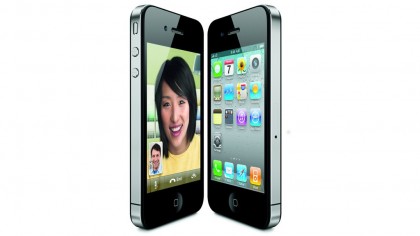
But with Apple it's not the hardware that made the difference; the real genius came with the ability to share images through the first proper app portal. With third party apps populating the App Store, it was easier for users to share their images with their friends.
Without that, we wouldn't have a Facebook that looks the way it does, Instagram or SnapChat. It's a world that doesn't bear thinking about.
Nokia N8
2010 gave us the Nokia N8, a phone with an impressive array of camera tech packed inside, but the sharing revolution might have been to the detriment of the Nokia N8 and the Finnish firm's handset felt rushed as it struggled to keep pace with the Apple revolution.
Get daily insight, inspiration and deals in your inbox
Sign up for breaking news, reviews, opinion, top tech deals, and more.
Symbian was lagging far behind the likes of Android and the iPhone, it was far easier to connect and share on a Google or Apple OS.
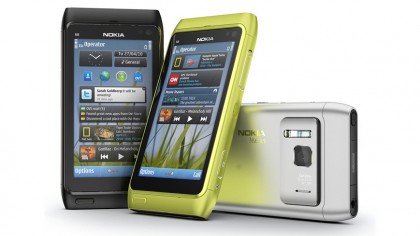
This didn't stop the Nokia N8 winning the TechRadar 2010 'Best camera phone on the market' title with its 12MP snapper that took stunning pics and offered a strong Xenon flash, although the iPhone 4S proved a close second.
Nokia 808 PureView
The same problem befell the Nokia 808 PureView as the N8. It pulled into view sporting a 41MP sensor and needless to say it turned a few heads.
The Nokia PureView 808 highlighted just what the Finnish brand could do, despite running the now almost extinct Symbian OS.
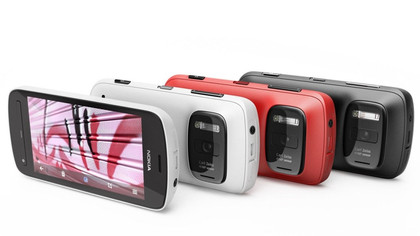
Nokia's PureView sensor might have been able to cram in 41MP, but the 808 shot natively at 8MP, using "pixel oversampling", a technique that combined pixels to form larger pixels, thereby collecting light more effectively.
This aids significantly in the reduction of noise, as well as allowing for greater levels of digital zoom without the associated quality loss, but the PureView was always doomed thanks to its extinct OS - however this wasn't the last we saw of the 41MP camera.
HTC One
Packing in and combining pixels seemed a prime way of gaining a better image quality, until HTC came along in 2013 with the HTC One. This packed in brand new camera imaging tech known as UltraPixels.
UltraPixel technology was developed as HTC quickly decided that letting in as much light as possible would create better images, leading to greater low light imagery.
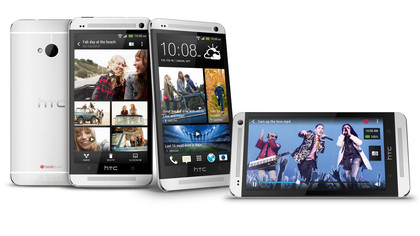
A new dedicated imaging chip took the strain to help manipulate raw image data, meaning less data loss before editing and better images.
This signifies a move away from the typical pixel race that we are increasingly seeing from manufacturers, highlighting an emphasis on the camera engine as well as just the sensor.
The increased pixel size has meant a reduction in pixel numbers, and HTC has found that people need to be educated on the advantages of UltraPixels. Sceptical consumers still see devices with higher MP sensors and assume that this is intrinsically linked to picture quality.
The power of HTC's new imaging chip is also vital to allow the use of HTC Zoe software. This takes a 3 second clip, and takes 5 shots before you've even hit the shutter button.
Samsung Galaxy S4 Zoom
It's not just HTC pushing the camera phone boundaries in 2013, as we've also been treated to the rather ridiculous looking Samsung Galaxy S4 Zoom.
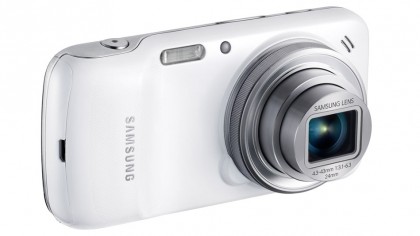
There has always been an issue with zoom on phones, with a digital offering usually the only one to hand as it doesn't require fancy telescopic lenses - but picture quality suffers every time.
Samsung reckons it's solved this by bolting a camera onto the back of a phone and while the S4 Zoom can boast a 16MP camera with a handy 10x optical zoom and Xenon flash, it's large size makes it tricky to stick in your pocket, and you do look a bit silly when taking a call.
Nokia Lumia 1020
We told you that 41MP snapper would be back, with the Finnish firm ditching the doomed 808 PureView platform in favour of Windows Phone 8 to create the Nokia Lumia 1020, arguably one of the best pure camera phones to date.
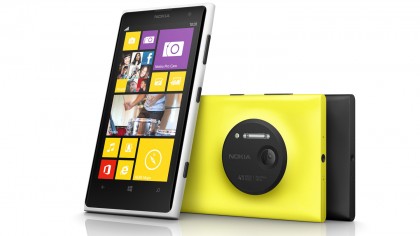
Of course there will be people who sing the praises of the iPhone 5S, Sony Xperia Z1 and HTC One - but for a pure camera experience the Lumia 1020 is hard to beat.
The Nokia Pro Cam app gives a huge range of options for camera aficionados to fine tune the settings for the perfect shot and while there's a slight bulge on the rear for the camera, it's no where near as pronounced as the 808 Pureview, let alone the S4 Zoom.
Current page: Camera phones: rise of the smartphone
Prev Page Camera phones: the history Next Page Camera phones: the future